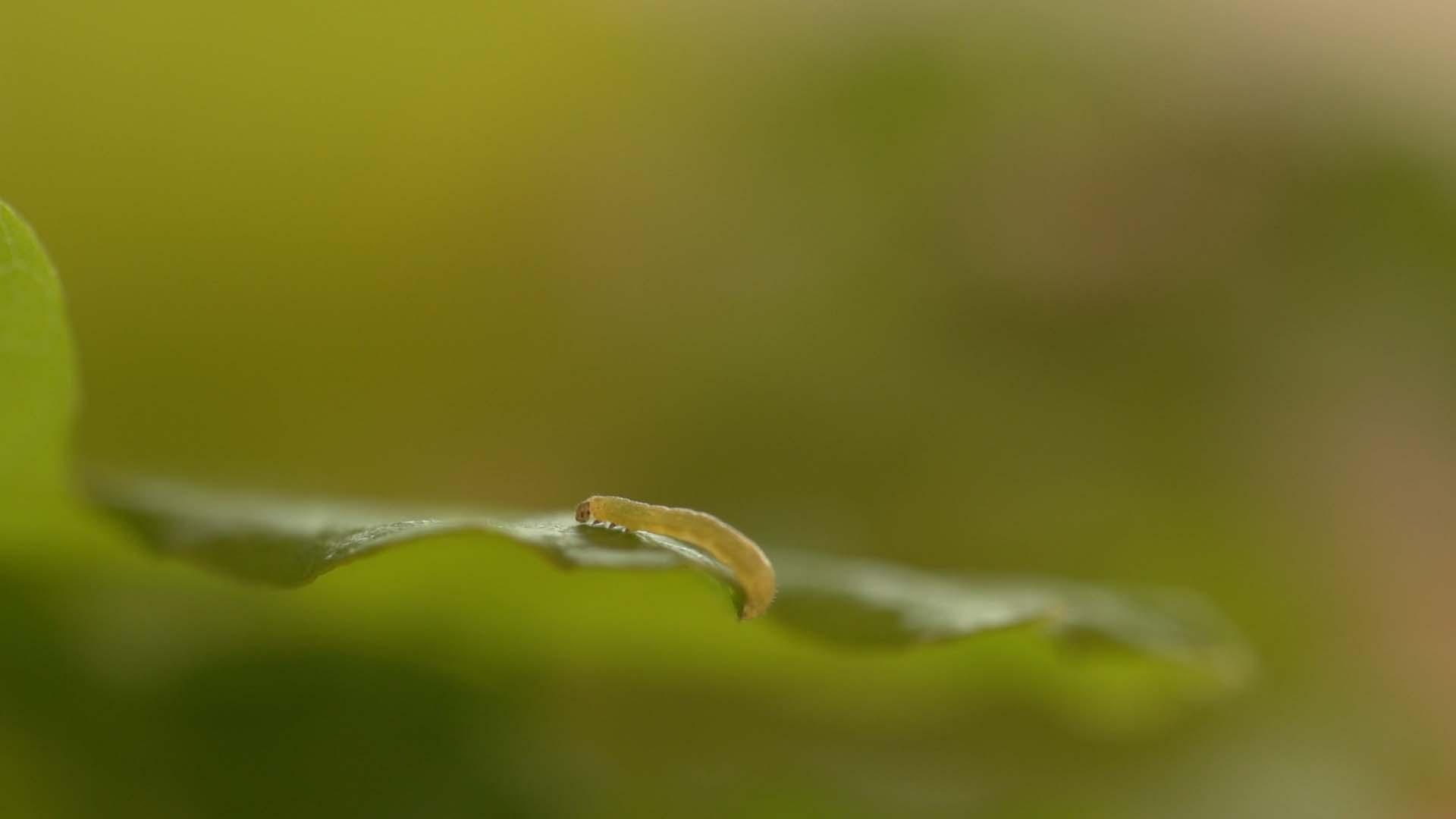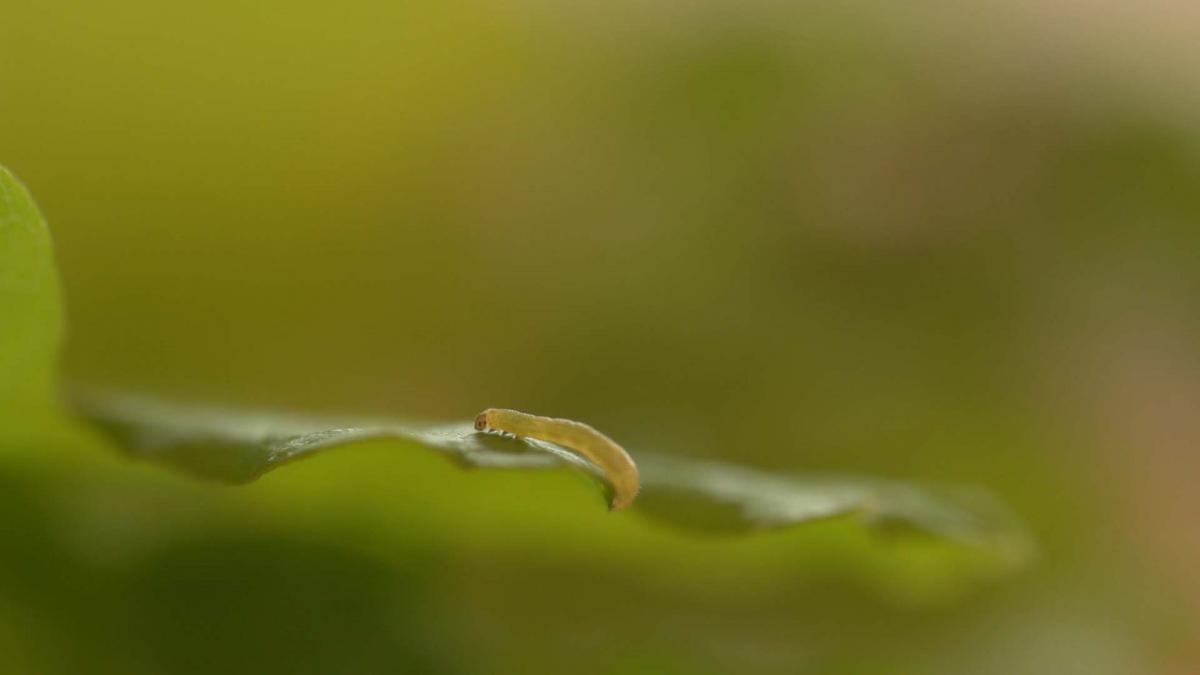How does temperature influence the winter moth’s phenology?
Submitted by editor on 28 June 2016. Get the paper!
Get the paper!In most species phenology, or the timing of biological events such as flowering, migration, or reproduction, is crucial for survival and fitness. Several external and internal factors such as light, temperature, endogenous clocks, food-availability and density are known to influence species’ phenology. Among the environmental variables, temperature has long been known to play a major role in the regulation of phenological events.
Under climate change, the effects of increasing temperatures on species’ phenology have been largely documented, but still little is known about how species will respond and whether they will adapt to future conditions.
In this study, we focused on the effects of temperature on the winter moth, a widely-distributed lepidopteran that as larva feeds on young oak’s leaves. In this species timing of egg-hatching, which is strongly influenced by temperature, is essential for larval survival and fitness.


Our key findings show that the effect of temperature on egg developmental rate depends on the stage of development of the eggs. In other words, this means that the effect of temperature on developmental rate is not linear during egg development. In an experimental set-up we find that temperature has a larger effect on developmental rate, when the eggs are about to hatch, compared to the early stages of development, when the eggs have just been laid. Based on these findings, we present a new phenological model to predict winter moth egg-hatching that has greater predictive power than the models previously available.
Lucia Salis on behalf of the Authors
Photo credit: Emil Kuijs